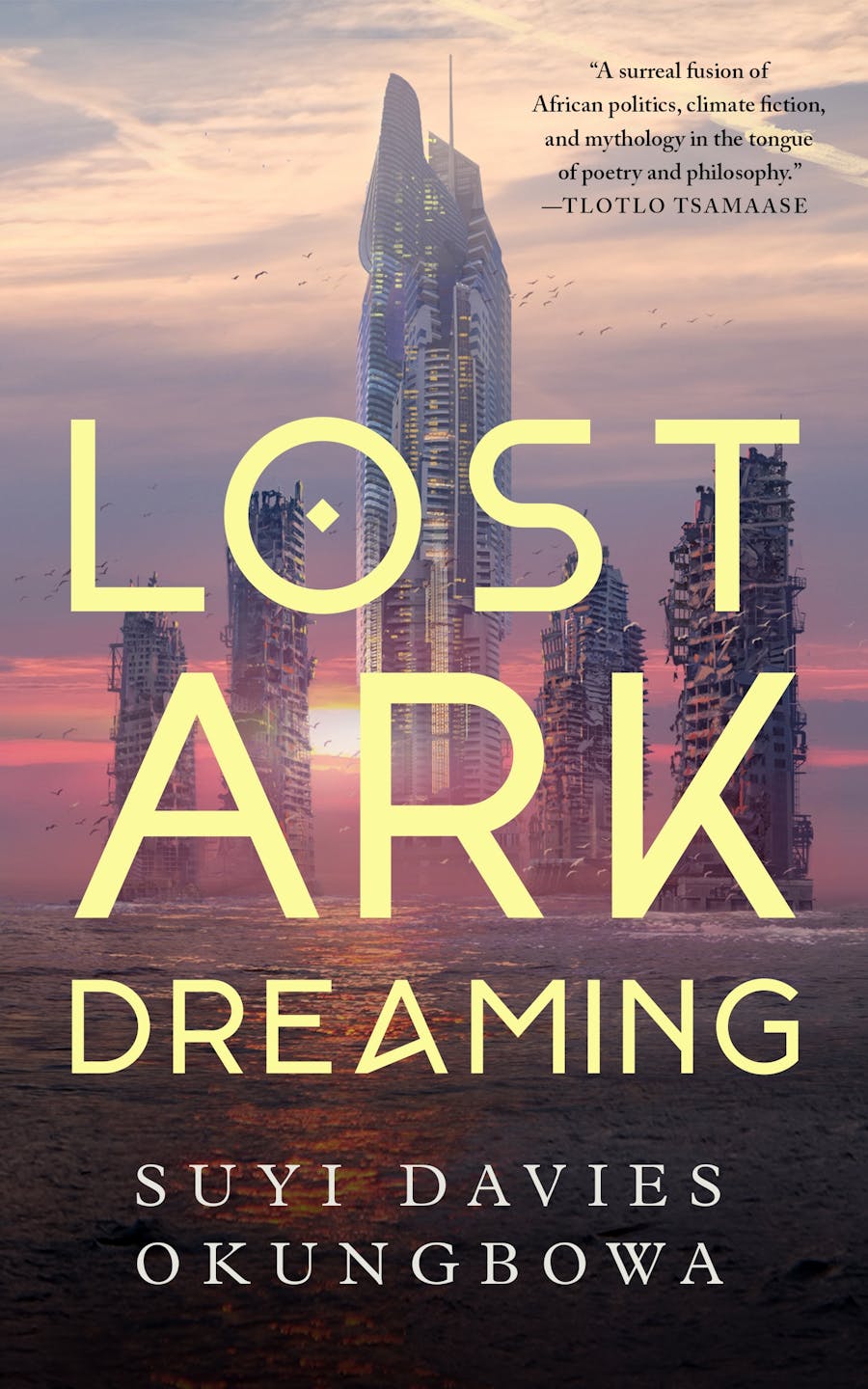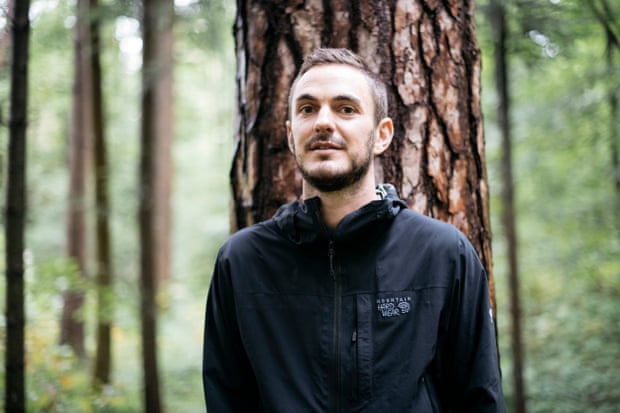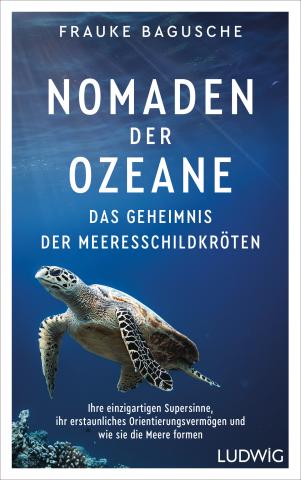From Hello!Lucky, the creators of My Mom Is Magical! and My Dad Is Amazing!, comes a brand–new novelty series with tabs to pull and surfaces to touch.
A SEED WILL GROW
(A Hello!Lucky Hands-On Book)
Story by Sabrina Moyle; pictures by Eunice Moyle
Appleseed/Abrams, February 2024
 Just like a seed, here’s what you need:
Just like a seed, here’s what you need:
patience, warmth, a caring heart,
so you can bloom and play your part
in Mother Nature’s brilliant art!
Filled with exuberant illustrations in Hello!Lucky’s inimitable style, A SEED WILL GROW introduces young readers to the plant life cycle, starting with sowing seeds and nurturing the resulting plants, and ending with a brilliant double gatefold that opens to showcase a garden in full bloom.
With a little water, a little sun, and some pollination from bees and butterflies, out shoot roots and leaves and fruits as plants grow. Each page has a different interactive element to highlight the seed–to–plant–to–fruit transformation, and with a fifth color of ink throughout, this deluxe board book is sure to catch the eye of aspiring gardeners and educators alike!
Hello!Lucky is all about using creativity to spread joy, fun, and kindness. Founded by sisters Eunice and Sabrina Moyle in 2003, Hello!Lucky is an award–winning letterpress greeting card and design studio working with dozens of partners to create products, including Abrams’ pun–derful children’s books: My Mom Is Magical!; My Dad Is Amazing!; My Grandma Is Great!; My Grandpa Is Grand!; My Brother Is the Best!; My Sister Is Super!; Super Pooper and Whizz Kid: Potty Power!; Kindness Rules!; Christmas Is Awesome!; Sloth and Smell the Roses; Go Get ’Em, Tiger!; Thanks a Ton!; School Is Cool!; Bananas for You!; and Halloween Is a Treat! and the Astrid and Stella graphic novel series. They also offer gifts, ceramics, stationery, kids’ partyware, and more. Hello!Lucky is based in San Francisco.

 Off the coast of West Africa, decades after the dangerous rise of the Atlantic Ocean, the region’s survivors live inside five partially submerged, kilometers-high towers originally created as a playground for the wealthy. Now the towers’ most affluent rule from their lofty perch at the top while the rest are crammed into the dark, fetid floors below sea level.
Off the coast of West Africa, decades after the dangerous rise of the Atlantic Ocean, the region’s survivors live inside five partially submerged, kilometers-high towers originally created as a playground for the wealthy. Now the towers’ most affluent rule from their lofty perch at the top while the rest are crammed into the dark, fetid floors below sea level.
 Many people think that protecting our climate and democracy are mutually exclusive. For some, the fight against climate change is moving too slowly, while others are already feeling threatened by the prospect of an « eco-dictatorship ». In DEMOKRATIE IM FEUER, journalist Schaible shows that protecting the climate and democracy are actually prerequisites for each other. Without one, the other will become impossible. He exposes false contradictions, and argues that what we need is « climate democracy » – for the climate crisis is already starting to limit our freedoms, and we’ll only be able to save the planet by democratic means. DEMOKRATIE IM FEUER takes a new look at the relationship between democracy and climate change, and sketches an optimistic vision of a future where the two reinforce each other.
Many people think that protecting our climate and democracy are mutually exclusive. For some, the fight against climate change is moving too slowly, while others are already feeling threatened by the prospect of an « eco-dictatorship ». In DEMOKRATIE IM FEUER, journalist Schaible shows that protecting the climate and democracy are actually prerequisites for each other. Without one, the other will become impossible. He exposes false contradictions, and argues that what we need is « climate democracy » – for the climate crisis is already starting to limit our freedoms, and we’ll only be able to save the planet by democratic means. DEMOKRATIE IM FEUER takes a new look at the relationship between democracy and climate change, and sketches an optimistic vision of a future where the two reinforce each other. Turtles can do amazing things: some can dive to more than 1,000 metres, others transport organisms across the seas (and thus contribute to their distribution), others act as « architects of the oceans » by helping to spread coral reefs along the sea bed. All have impressive « super-senses », which mean they’re able to return to the beaches where they were born – often decades later, and from thousands of kilometres away. They orient themselves by the earth’s magnetic field, as well as their sense of smell, which allows them to recognise the scent of their first beach.
Turtles can do amazing things: some can dive to more than 1,000 metres, others transport organisms across the seas (and thus contribute to their distribution), others act as « architects of the oceans » by helping to spread coral reefs along the sea bed. All have impressive « super-senses », which mean they’re able to return to the beaches where they were born – often decades later, and from thousands of kilometres away. They orient themselves by the earth’s magnetic field, as well as their sense of smell, which allows them to recognise the scent of their first beach.